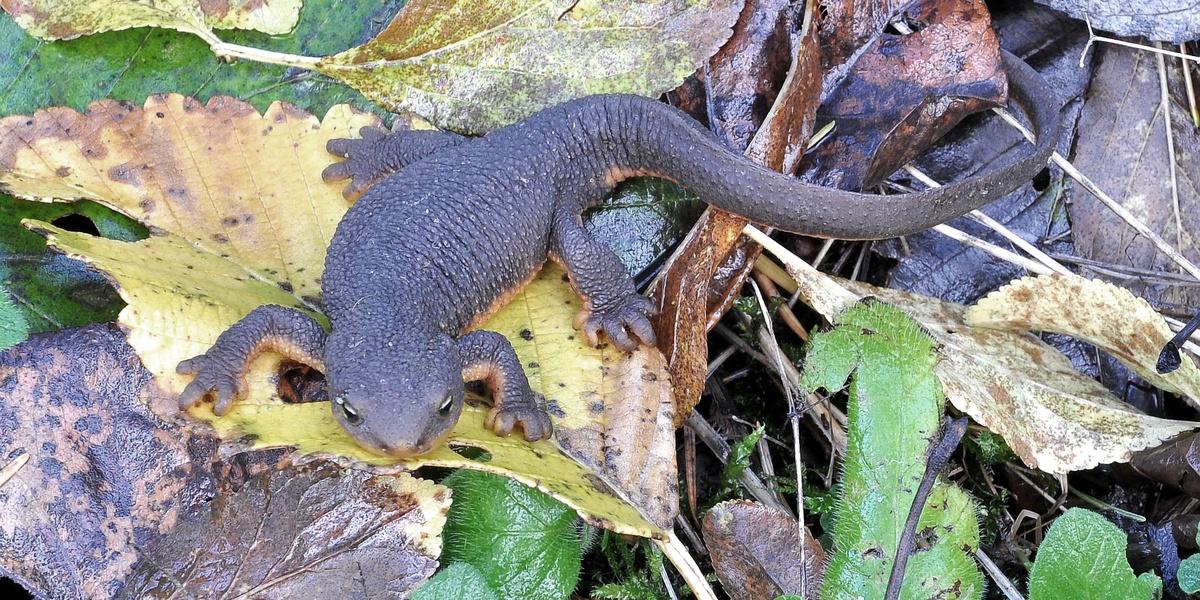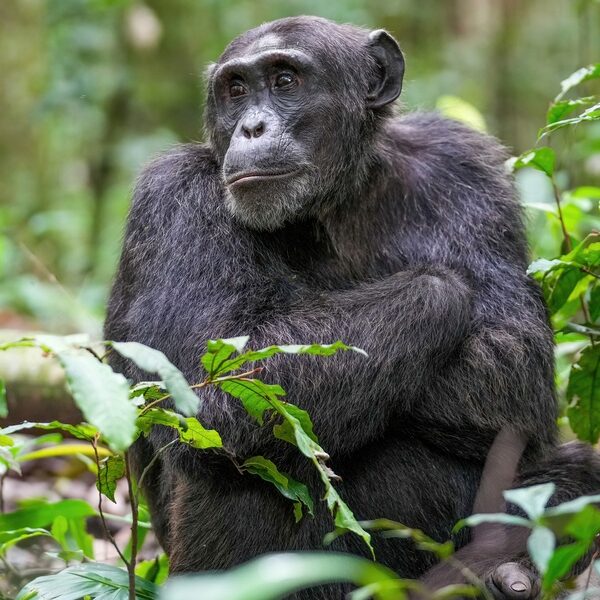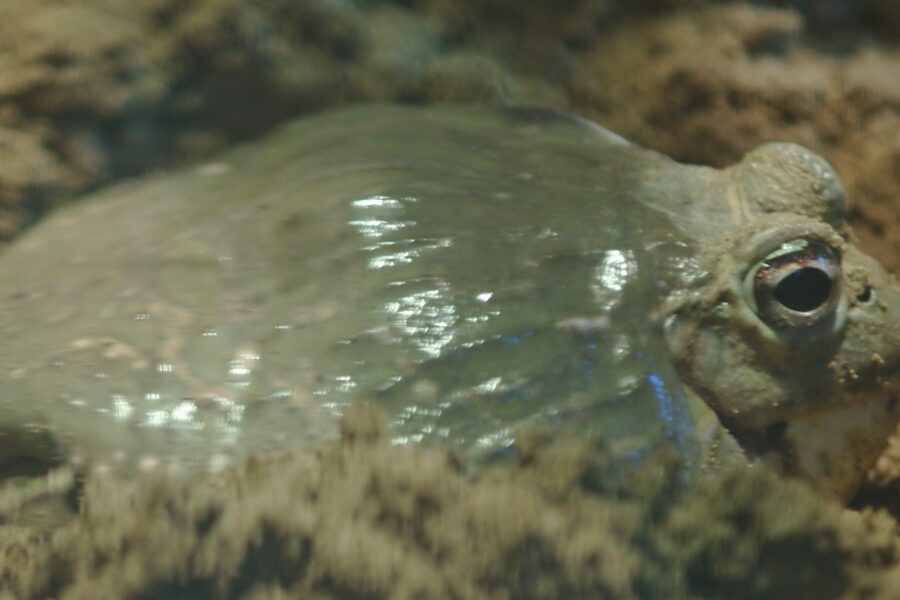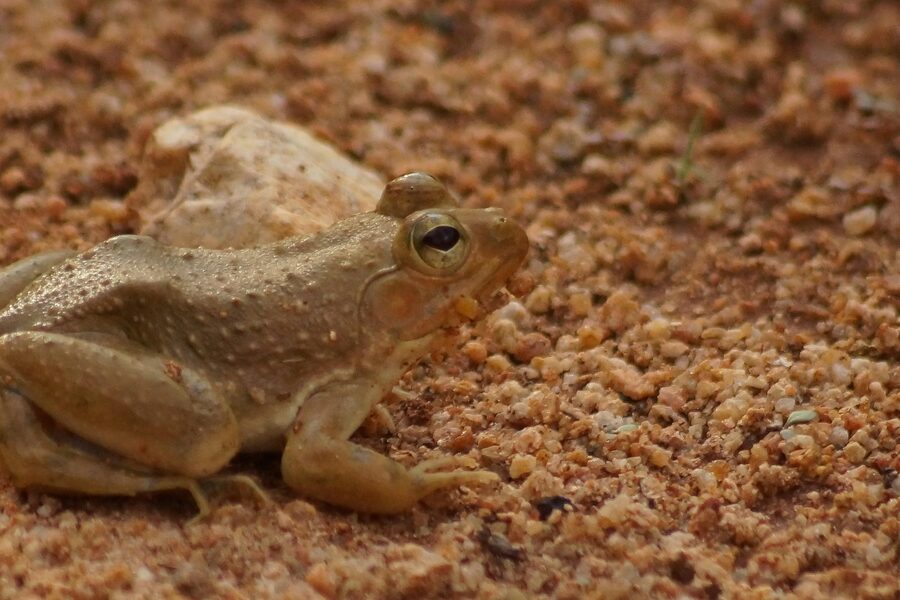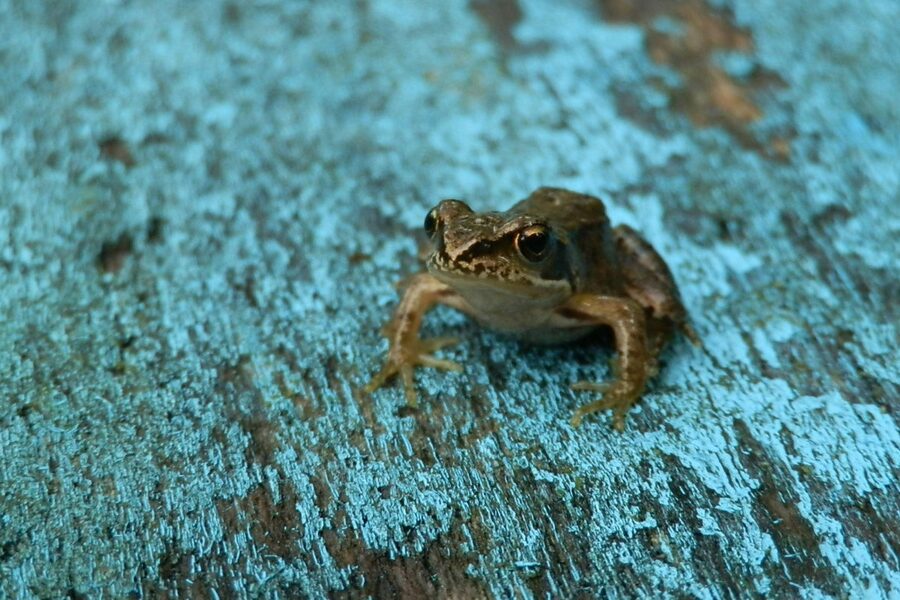In ponds, woodland pools and rocky streams, small salamanders catch the eye with bright colors and delicate movement — but some carry potent defenses that matter for anyone who hikes, handles, or studies amphibians in the wild. Knowing where they live and how risky they are helps you stay safe and appreciate local wildlife responsibly.
There are 15 Poisonous Newts, ranging from Alpine Newt to Striped Newt. For each, the data are organized as: Scientific name,Toxin & risk,Range — you’ll find below.
How dangerous are these newts to people and pets?
Most poisonous newts secrete toxins through their skin that can cause irritation, numbness or more serious symptoms if ingested; serious poisoning is uncommon from casual contact but can occur if toxins enter the mouth or open wounds. Avoid touching, keep pets and children away, and wash hands thoroughly after any close encounters; seek medical help if symptoms appear.
Are any of these species suitable to keep as pets?
Some specialists keep certain newt species, but poisonous varieties require experienced care, legal permits in some areas, and strict handling precautions to prevent toxin exposure; they are not recommended for casual or first-time pet owners. Check local regulations and consider non-toxic alternatives if you want a safer captive amphibian.
Poisonous Newts
| Common name | Scientific name | Toxin & risk | Range |
|---|---|---|---|
| Rough-skinned Newt | Taricha granulosa | Tetrodotoxin (TTX). Extremely dangerous if ingested; can be fatal to humans and pets. | North America (Pacific Northwest) |
| California Newt | Taricha torosa | Tetrodotoxin (TTX). Highly toxic if ingested; potentially fatal. Skin secretions are irritants. | North America (California) |
| Eastern Newt | Notophthalmus viridescens | Tetrodotoxin (TTX). Moderately toxic; harmful if ingested, especially the “red eft” terrestrial stage. | North America (Eastern) |
| Japanese Fire-bellied Newt | Cynops pyrrhogaster | Tetrodotoxin (TTX). Toxic if ingested. Can cause numbness, paralysis, or death in pets. | Asia (Japan) |
| Iberian Ribbed Newt | Pleurodeles waltl | Alkaloids. Punctures skin with poison-tipped ribs. Painful but low risk to humans. | Europe (Iberian Peninsula), Morocco |
| Great Crested Newt | Triturus cristatus | Samandarine alkaloids. Toxic if eaten; causes convulsions and muscle spasms in would-be predators. | Europe (UK to Ural Mountains) |
| Red-bellied Newt | Taricha rivularis | Tetrodotoxin (TTX). Highly toxic if ingested. Skin secretions are a major irritant. | North America (Northern California) |
| Sierra Newt | Taricha sierrae | Tetrodotoxin (TTX). Highly toxic if ingested. Can be fatal to most animals. | North America (California’s Sierra Nevada) |
| Marbled Newt | Triturus marmoratus | Alkaloids. Moderately toxic if ingested, causing illness in pets or predators. | Europe (France, Spain, Portugal) |
| Chinese Fire-bellied Newt | Hypselotriton orientalis | Mild toxins. Low risk to humans, but can sicken small pets if ingested. | Asia (China) |
| Italian Crested Newt | Triturus carnifex | Alkaloids. Poisonous if ingested. Unpleasant taste and effects deter most predators. | Europe (Italy and adjacent regions) |
| Black-spotted Newt | Notophthalmus meridionalis | Tetrodotoxin (TTX). Moderately toxic. Ingestion can cause serious illness or death in small animals. | North America (Texas, Mexico) |
| Striped Newt | Notophthalmus perstriatus | Tetrodotoxin (TTX). Moderately toxic if ingested, similar to other Eastern newts. | North America (Southeastern US) |
| Alpine Newt | Ichthyosaura alpestris | Alkaloids. Mildly poisonous if ingested. Primarily a defense to make it taste bad. | Europe |
| Hong Kong Warty Newt | Paramesotriton hongkongensis | Unspecified alkaloids. Mildly toxic; can cause irritation or sickness if ingested by pets. | Asia (Hong Kong, Guangdong) |
Images and Descriptions

Rough-skinned Newt
A brown to olive-colored newt with a bright orange belly and granular skin. It lives in forests and slow-moving water. One of the most poisonous animals known; avoid ingestion.

California Newt
This newt is light brown with a pale orange belly and smooth skin. It is found in coastal ranges and Sierra Nevada foothills. Do not ingest; wash hands after contact.

Eastern Newt
Adults are olive green with red spots, while terrestrial juveniles are bright orange. Inhabits ponds, lakes, and forests. Its vibrant warning coloration signals its toxicity to predators.
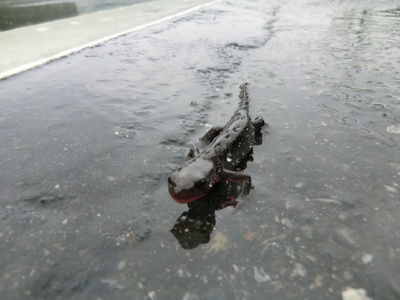
Japanese Fire-bellied Newt
Features a dark, warty back and a vibrant red or orange belly. Common in the pet trade, but its toxins require careful handling. Found in ponds, marshes, and rice paddies.
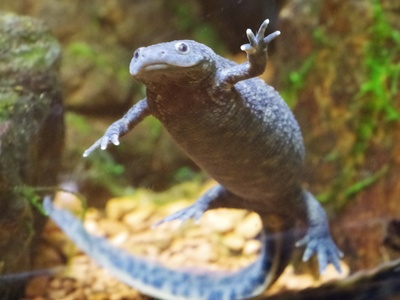
Iberian Ribbed Newt
A large, aquatic newt that can push its sharp, poison-coated ribs through its skin as a defense. This unique mechanism is a startling and effective deterrent against would-be predators.

Great Crested Newt
A large, dark newt with warty skin and a bright orange belly with black spots. Males develop a dramatic, jagged crest during breeding season. Its toxins make it highly unpalatable.

Red-bellied Newt
Distinguished by its dark, blackish back and a striking tomato-red or orange belly. Found in coastal redwood and Douglas-fir forests. Its potent poison protects it from most predators.
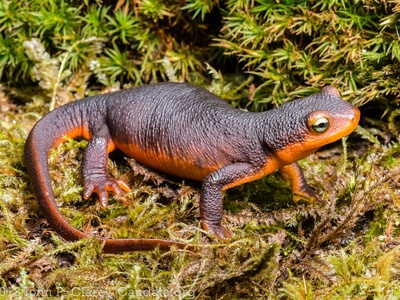
Sierra Newt
With a dark brown back and yellow-orange belly, this newt was formerly a subspecies of the California Newt. Its powerful neurotoxin is a formidable defense against nearly all predators.
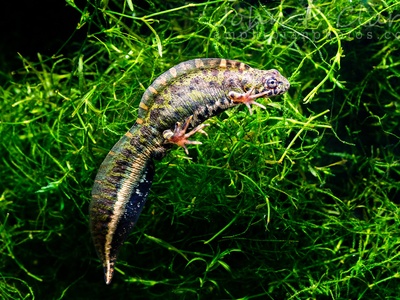
Marbled Newt
A beautiful newt with a striking green and black marbled pattern and an orange vertebral stripe. Males have a tall, smooth crest. Its skin glands secrete toxins for defense.
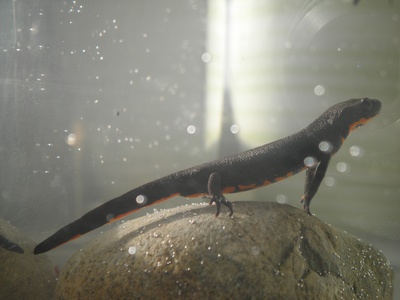
Chinese Fire-bellied Newt
Smaller and smoother-skinned than its Japanese relative, with a black back and orange belly. Extremely common in pet stores. Its toxins are a mild but effective defense against predators.
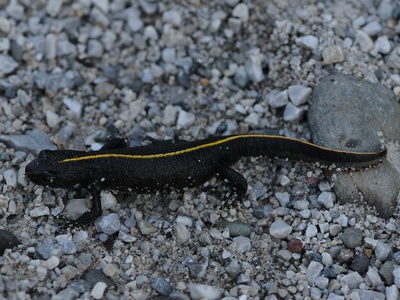
Italian Crested Newt
This large, dark newt has a yellow or orange belly marked with large black spots. Males grow an impressive dorsal crest. Skin secretions are noxious and can irritate human skin.

Black-spotted Newt
An olive-brown newt with numerous small black spots covering its back and belly. Now a threatened species due to habitat loss, its toxicity provides crucial defense in its aquatic home.

Striped Newt
A small newt with two distinct red or orange stripes down its back. It lives in sandy pinelands and relies on ephemeral ponds for breeding. Its skin poison protects it from predators.

Alpine Newt
A colorful newt with a grey-blue back, spotted flanks, and a bright orange or yellow belly. It lives in forests and breeds in cool ponds. Its skin secretions are unpalatable to predators.

Hong Kong Warty Newt
A robust, dark newt with warty skin and orange markings on its belly and tail underside. It inhabits clean forest streams. Its toxicity is a deterrent against local fish and mammal predators.
